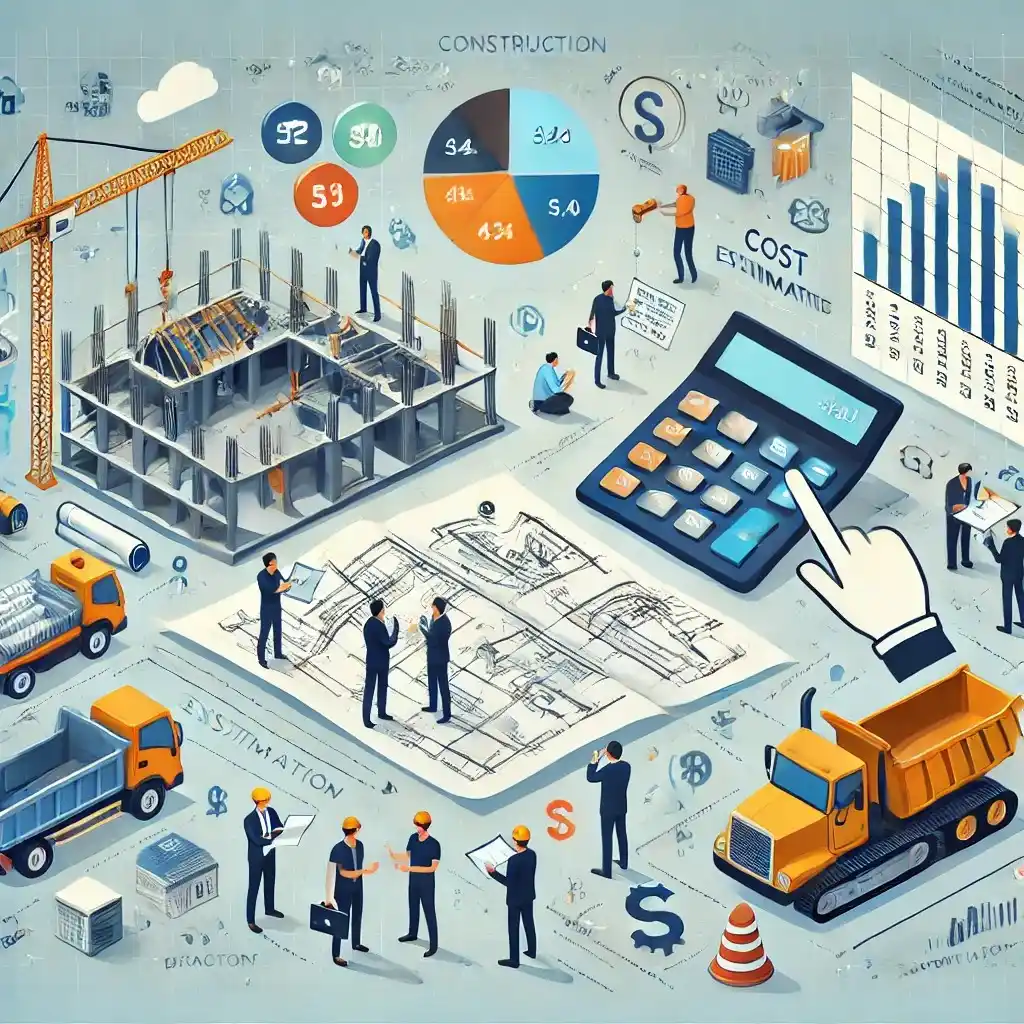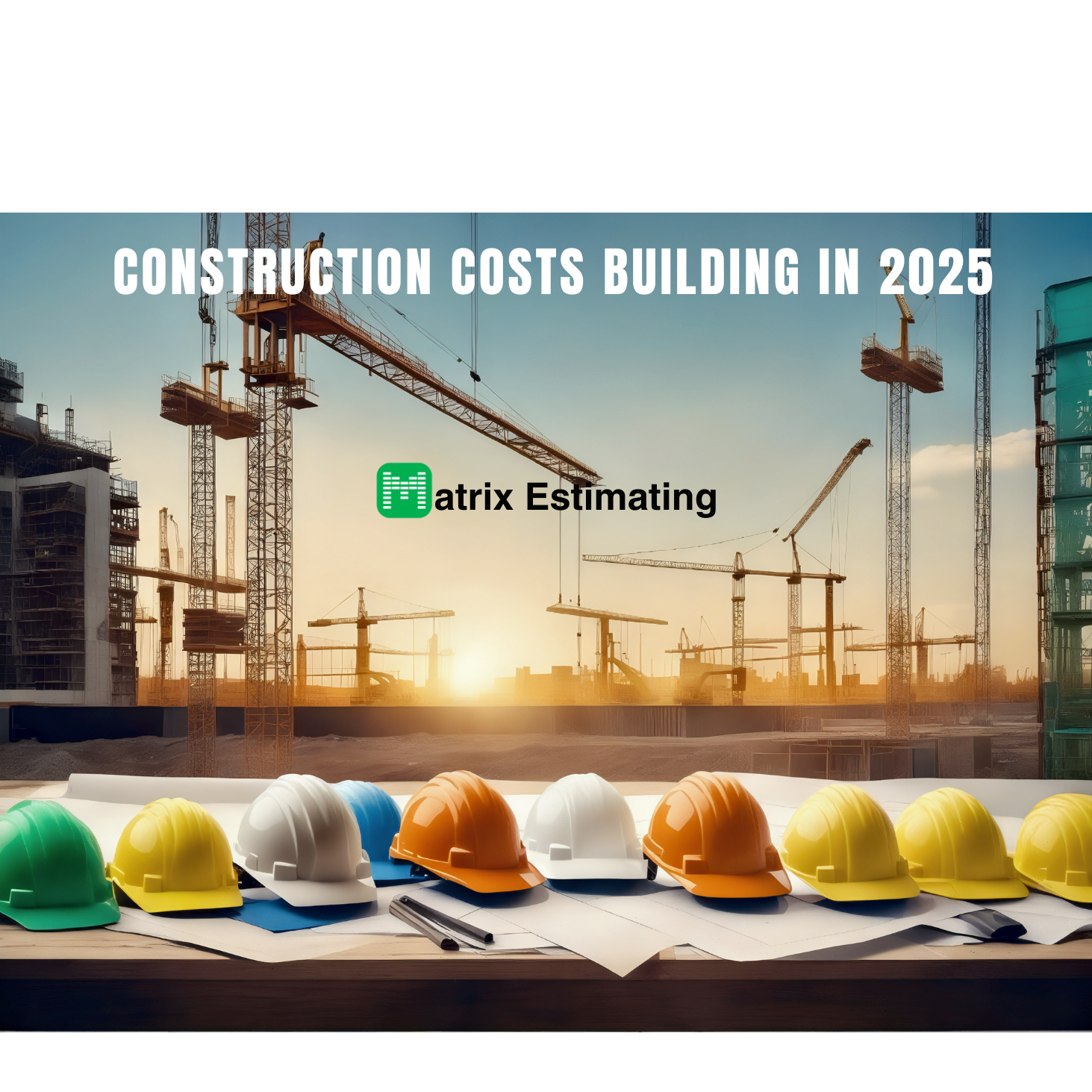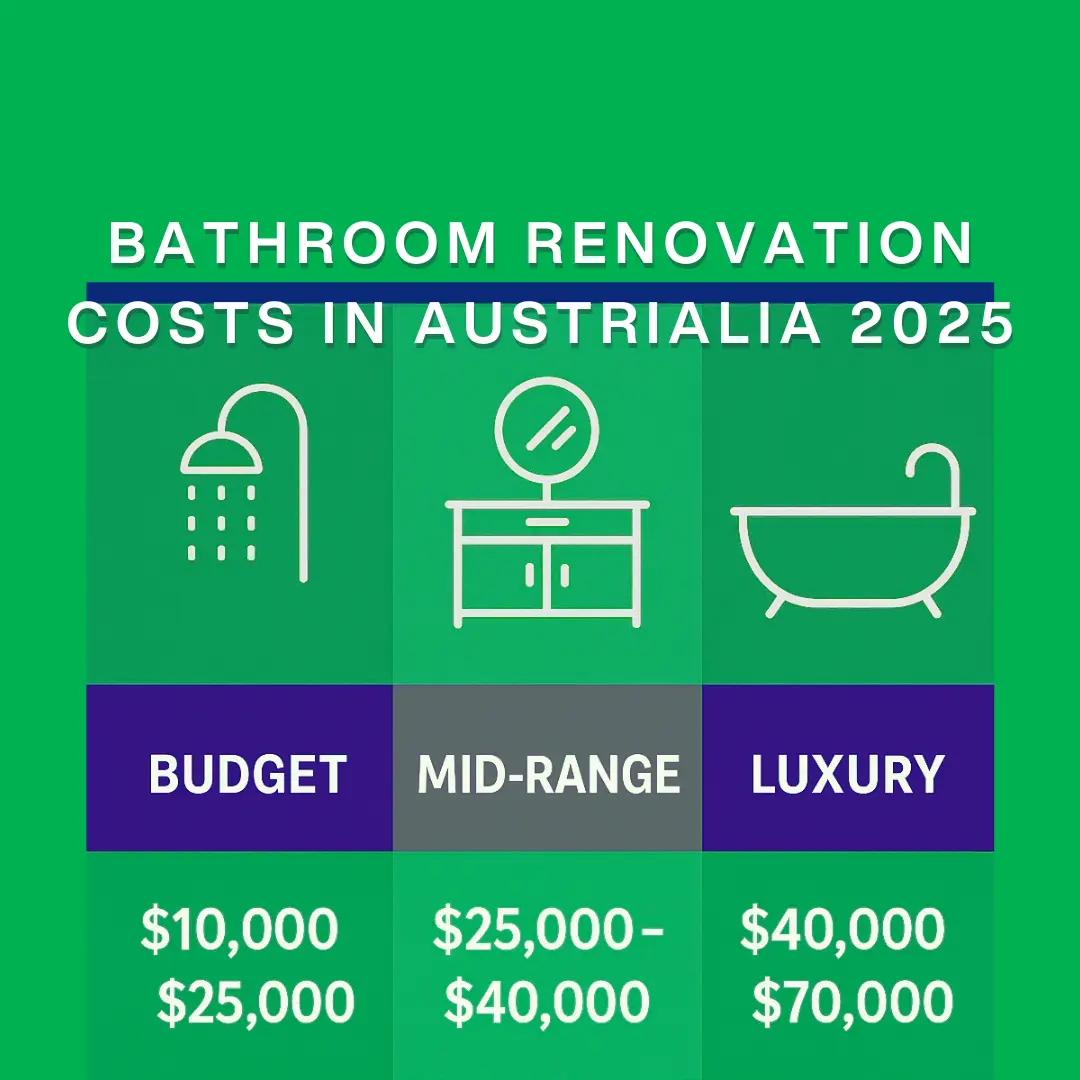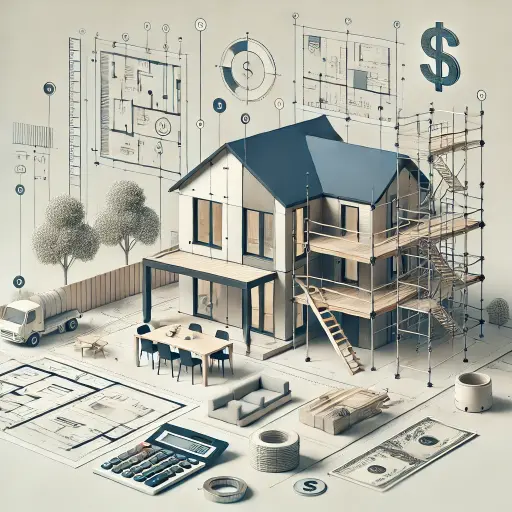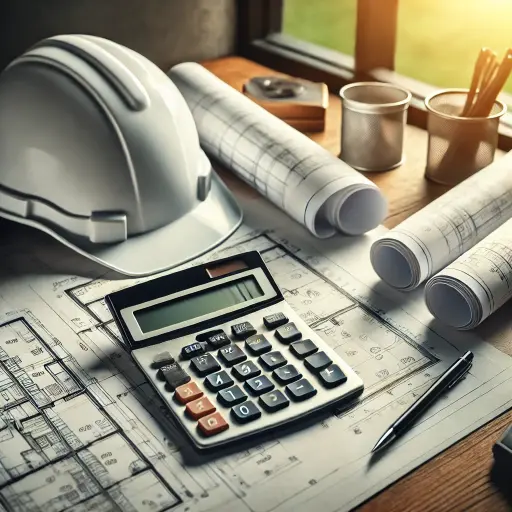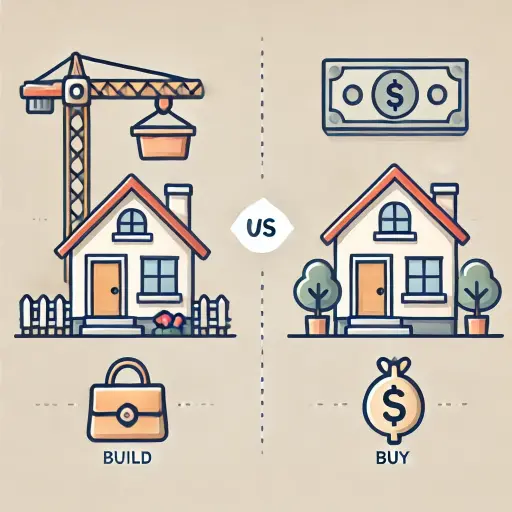Introduction to Construction Estimates
Accurate construction estimates are a cornerstone of any successful project, whether it’s a small residential build or a large commercial development. A construction estimate provides a detailed approximation of the costs required to complete a project, from materials and labor to equipment and subcontractor fees. Proper estimates are essential for budgeting, securing financing, and ensuring that a project stays on track.
In this article, we will explore the different types of construction estimates, the methods used to create them, and best practices for accuracy. We’ll also delve into the role of technology, common challenges, and emerging trends in construction estimating.
Types of Construction Estimates
- Preliminary Estimates – Often created in the early stages of a project and are based on minimal information. These estimates help project stakeholders understand the overall budget range and make early financial decisions.
- Detailed Estimates – As more information becomes available, detailed estimates provide a comprehensive breakdown of all costs involved in a project. This includes precise calculations for labor, materials, and other expenses.
- Final Estimates – The final estimate is typically created once all project details are confirmed. It serves as the final cost prediction and is often used to secure funding or finalize contracts.
Components of a Construction Estimate
- Labor Costs – Account for the wages and benefits paid to workers on a construction site. Estimators must consider the number of workers, their skill levels, and the hours required to complete each phase of the project.
- Material Costs – Include the price of raw materials such as concrete, steel, wood, and insulation. Prices can fluctuate based on supply and demand, making it essential to source accurate material quotes.
- Equipment Costs – Construction projects often require specialized equipment like cranes, bulldozers, and scaffolding. Estimators need to factor in the cost of renting or purchasing these tools.
- Subcontractor Costs – In many construction projects, subcontractors are hired for specific tasks like plumbing, electrical work, or landscaping. Their costs must be included in the overall estimate.
Steps to Create a Construction Estimate
- Gathering Project Information
The first step in creating an accurate construction estimate is gathering all relevant project information, including blueprints, specifications, and timelines.
- Identifying Costs
Next, estimators must identify and categorize all costs, including labor, materials, equipment, and subcontractor fees.
- Calculating Contingency
To account for unexpected issues, a contingency amount (typically 5-10% of the project budget) is often added to the estimate.
Estimation Methods
- Unit Cost Method – The unit cost method involves breaking down the project into smaller components and estimating the cost of each. For example, this could mean estimating the cost per square foot of flooring or roofing.
- Square Footage Method – The square footage method offers a simpler approach, calculating the total project cost based on its size. Estimators often use this method for quick, preliminary estimates.
- Assembly Method – The assembly method estimates costs based on major building assemblies like the foundation, walls, and roof. This method is commonly used in more detailed estimates.
Software for Construction Estimates
- Benefits of Estimation Software – Estimation software helps streamline the estimating process by automating calculations and improving accuracy. These tools often include features like real-time cost updates and historical data integration.
- Popular Estimation Tools – Popular tools include ProEst, PlanSwift, and Sage Estimating, all of which offer features to enhance accuracy and efficiency.
Common Mistakes in Construction Estimates
- Overlooking Hidden Costs – One of the most common mistakes is failing to account for hidden costs, such as permitting fees or unforeseen site conditions.
- Inaccurate Labor Costing – Underestimating the cost of labor can lead to significant budget overruns. It’s crucial to consider local labor rates and the required skill levels.
- Misjudging Timeframes – Inaccurate project timelines can result in extended labor costs and increased equipment rentals.
The Role of Estimators in Construction
- Skills Required for Estimators : Estimators need strong analytical skills, attention to detail, and a thorough understanding of construction processes and costs.
- Responsibilities of Estimators : Their responsibilities include reviewing project plans, preparing cost estimates, and collaborating with project managers to ensure estimates align with project goals.
Challenges in Construction Estimating
- Market Fluctuations – Construction costs can fluctuate due to changes in material prices, labor availability, and market conditions, making it challenging to produce accurate estimates.
- Changes in Scope – When a project’s scope changes, adjust the estimates accordingly. Failing to do so can lead to budgetary issues.
- Regulatory Compliance – Estimators must consider the cost of complying with local building codes and regulations, which can vary from project to project.
Importance of Historical Data in Estimating
- Leveraging Past Projects – Historical data from previous projects can provide valuable insights for creating more accurate estimates. Estimators can compare costs and project outcomes to refine future estimates.
- Data Analytics in Estimating – Using data analytics, estimators can identify cost trends, inefficiencies, and areas for improvement.
Summary
Accurate construction estimates are crucial for the successful completion of any project. By understanding the different types of estimates, then following best practices, and finally utilizing modern tools, estimators can ultimately improve accuracy and efficiency. As technology continues to evolve, the future of construction estimating will likely involve more automation and data-driven decision-making.

